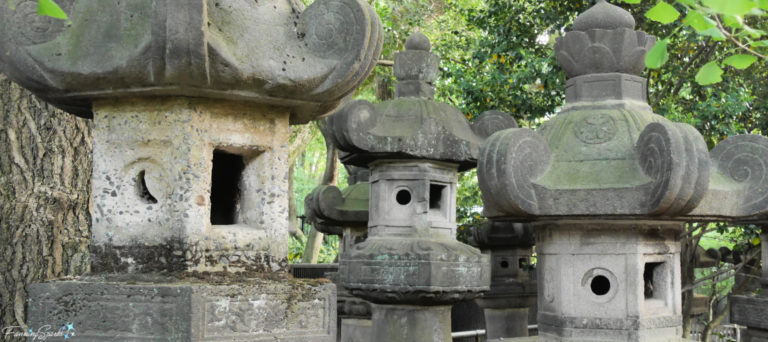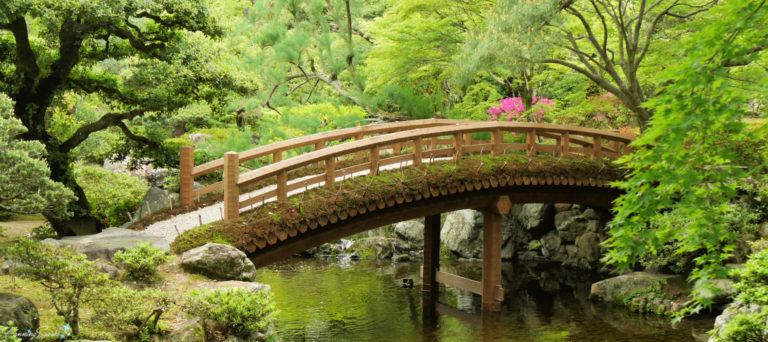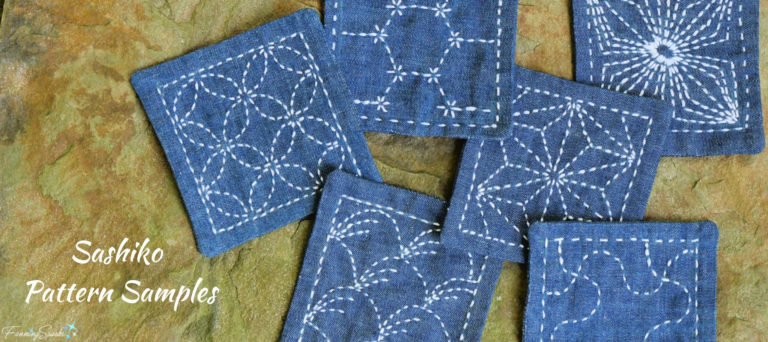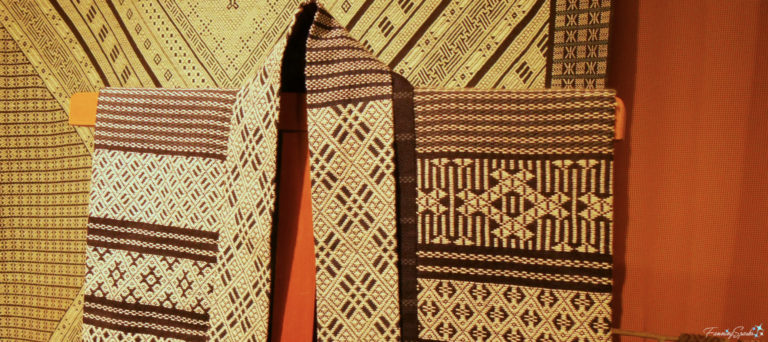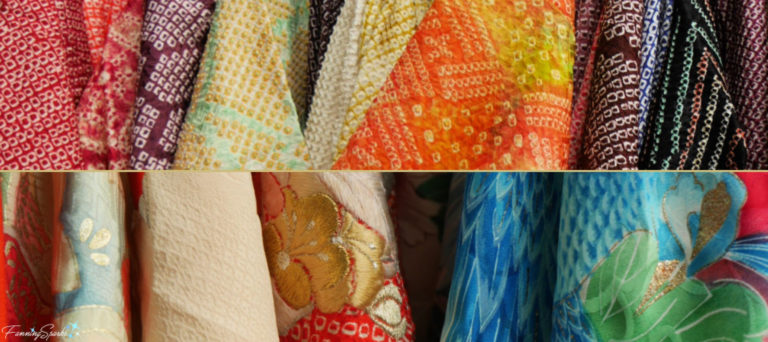Nothing says Japanese garden more distinctly than a stone lantern. Known as ishi-dōrō in Japanese, these beautiful stone carvings are the most popular and recognizable feature in a Japanese garden.
A visit to Japan wouldn’t be complete without visiting a Japanese garden. Or in our case, visiting dozens of Japanese gardens! We explored gardens at temples, shrines, palaces, castles and parks and, yet, we never grew tired of them. Why? What makes Japanese gardens so special?
One of the craft-related purchases I made during my recent trip to Japan was a sashiko DIY kit. Sashiko, which roughly translates to “little stabs”, is a type of Japanese stitching.
I returned from Japan with a suitcase full of craft tools and materials and a head full of project ideas. Japan’s deep respect for traditional craft and master craftsmanship means inspiration is everywhere in this fascinating country. One of the first crafts that caught my attention was Tsugaru kogin-zashi. Kogin, as it’s commonly called, is a form of Japanese stitching originating from the northern regions of Japan.
One of the highlights of my recent trip to Japan was observing the wild snow monkeys at the Jigokudani Monkey Park. The snow monkeys or, more accurately, Japanese macaque (Macaca fuscata) are native to this remote mountainous region. But they entered the international spotlight with the January 1970 issue of LIFE Magazine.
According to experts, it takes over 55 steps to properly don the 18 pieces of apparel required to correctly wear a kimono. The process is complicated enough that specialists, known as kitsuke professionals, are engaged to ensure the kimono is worn properly.

